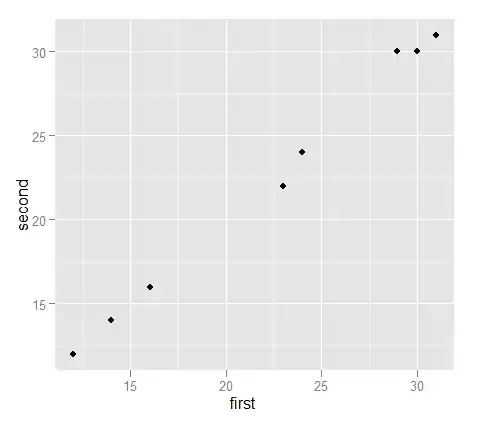In skewed distributions, both the mean and the median can easily underestimate or overestimate the true central tendency. For example, have a look at this violin plot:
The median is shown here in red. It seems to overestimate the true central tendency. This is the same for the mean. The best central tendency description would be the mode of that distribution (which would get the peak).
This is a basic question: but why use mean and median for skewed distributions? Do people even use them? Wouldn't it make sense to get the maximum point of the Kernel density estimate?
